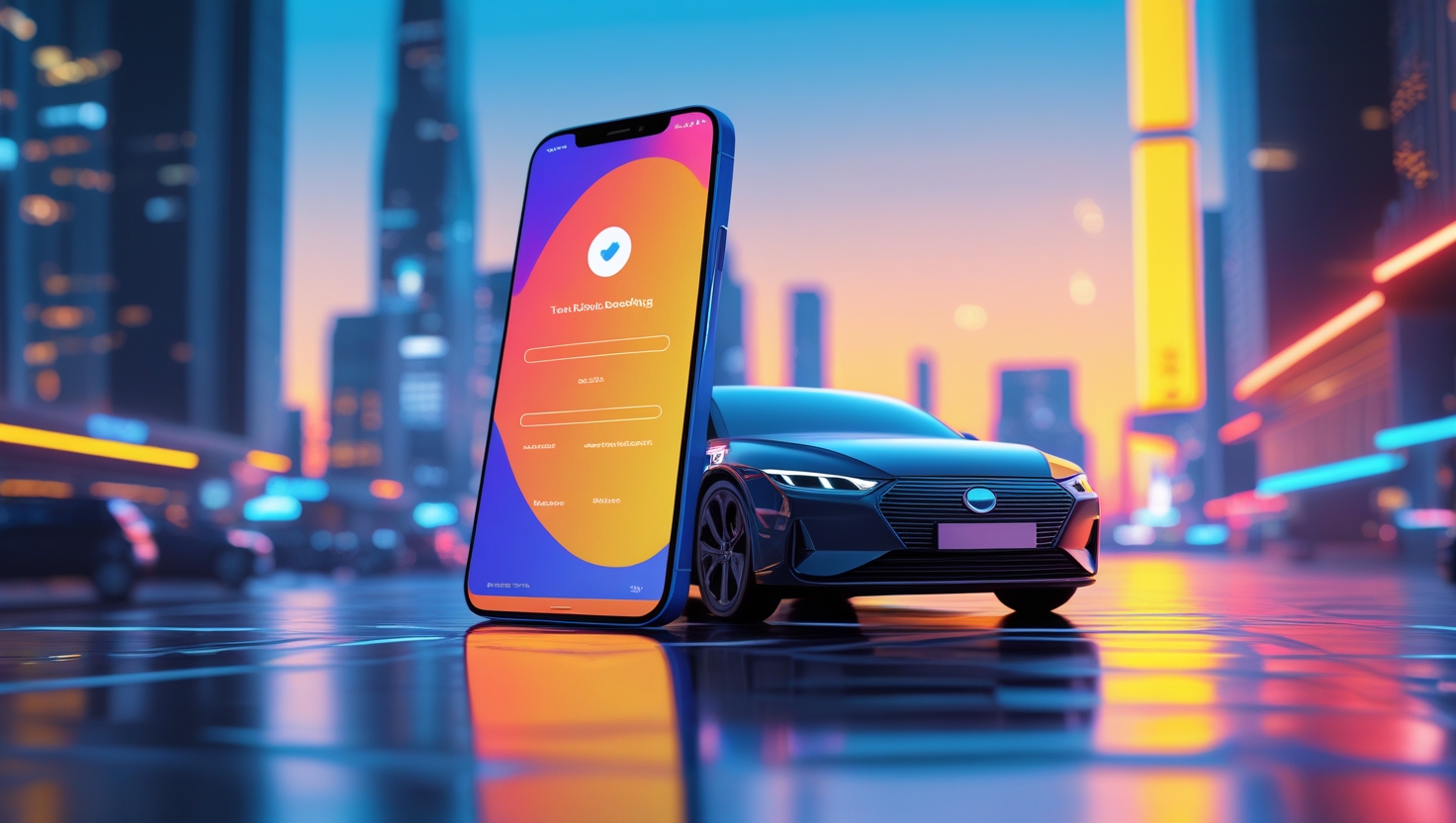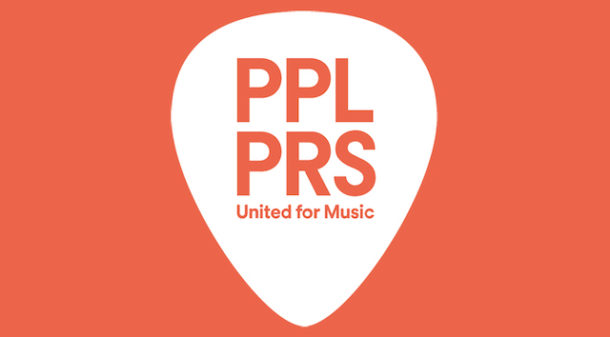In today’s fast-paced world, the demand for convenient and reliable transportation services has grown exponentially. The rise of ride-sharing platforms like Uber and Lyft has transformed how people get around, making it easier to access transportation at the touch of a button. This trend has prompted many entrepreneurs and businesses to invest in taxi booking mobile apps, offering customers a quick, simple way to book rides through their smartphones.
If you’re looking to develop a taxi booking app for your business, partnering with an experienced taxi app development company can help turn your vision into a functional and efficient app. This article will guide you through the key steps to bring your idea to life. By focusing on the essential features, development processes, and tools, you can create an app that stands out in a competitive market.
Step 1: Define Your Business Model
Before jumping into app development, the first thing you need to do is decide on the business model you want to adopt for your taxi booking service. There are a few common models:
- Aggregator Model: This model involves partnering with existing taxi services. You act as a mediator between customers and available drivers, taking a commission for each ride booked.
- Fleet Model: Here, you own a fleet of taxis and manage drivers. Customers book rides directly from your fleet, and you handle the entire operation.
- Peer-to-Peer Model: In this model, users can offer rides to others. It works similarly to the way ride-sharing apps like Uber function. Drivers and passengers interact directly through the app, and the platform charges a fee for facilitating the connection.
Choosing the right model depends on your budget, resources, and market needs. Each model has its own set of challenges, but it’s essential to pick one that aligns with your business goals.
Step 2: Identify Core Features for Your Taxi Booking App
The next step is to decide on the features that will make your app functional and user-friendly. Here’s a breakdown of essential features:
For Riders:
- User Registration: A simple registration process allows riders to create an account using their email, phone number, or social media accounts. Secure logins, such as two-factor authentication, can enhance security.
- Ride Booking: The core feature of the app is the ability to book a ride easily. The user should be able to select the pickup and drop-off locations either manually or via GPS. Offering multiple ride options like economy, luxury, or shared rides can cater to different customer preferences.
- Ride Tracking: A real-time tracking feature lets riders view the location of their assigned taxi on a map, as well as the estimated time of arrival. This feature also reassures users that the driver is on their way.
- Payment Options: Secure and flexible payment methods are essential. You should integrate various options like credit/debit cards, e-wallets, cash on delivery, or even online payment platforms such as PayPal.
- Rating and Reviews: After the ride, users can rate the driver and provide feedback. This feature helps improve service quality and offers users a sense of accountability for their experience.
- Ride History: Riders should have access to a ride history, allowing them to view details of past trips, including cost, date, and route.
- Push Notifications: Notifications can inform users about ride status updates, promotions, or news related to the service.
For Drivers:
- Driver Registration and Verification: Drivers must also have a smooth registration process, including document verification for background checks, vehicle information, and license details.
- Trip Request Alerts: When a rider requests a trip, drivers should receive a push notification with the ride details, including pickup and drop-off locations.
- Route Navigation: Integrating with a map or GPS navigation service helps drivers find the best routes, saving time and fuel. This feature should also include real-time traffic data to adjust routes accordingly.
- Earnings Tracker: Drivers need a way to monitor their earnings, whether on a daily or weekly basis. This feature helps drivers stay on top of their finances.
- Ratings and Reviews: Just as riders rate drivers, drivers should have the ability to rate passengers. This adds a layer of accountability for both parties.
For Admin Panel:
- Dashboard: The admin panel should have a clean, easy-to-use dashboard that provides detailed insights into the business’s performance, including ride statistics, driver activity, and financial data.
- Driver and User Management: Admins need to be able to manage both drivers and riders—approving or rejecting registrations, tracking user activity, and handling support requests.
- Payment Management: Admins should be able to track all financial transactions, from rider payments to driver payouts. This includes processing refunds or resolving payment-related issues.
- Ride Management: The admin panel allows the management of ride requests, cancellations, and any disputes that arise between drivers and riders.
- Push Notification Management: Admins can send updates or promotions to users and drivers via push notifications.
Step 3: Choose the Right Development Tools
Choosing the appropriate technology stack is critical to ensuring your app performs well and is scalable in the future. You’ll need to make decisions on the following:
- Platform: Decide whether you want to develop the app for Android, iOS, or both. Native development (building the app separately for each platform) typically offers better performance and user experience but is more expensive. Alternatively, cross-platform development tools like React Native or Flutter allow you to create apps for both platforms with a single codebase.
- Backend Technology: The backend handles tasks such as user authentication, ride tracking, payment processing, and storing data. Popular backend technologies include Node.js, Ruby on Rails, or Python with Django.
- Database: Your app will require a reliable database to store user, ride, and payment information. SQL databases like PostgreSQL or MySQL are often used for transactional apps, while NoSQL databases like MongoDB can handle more dynamic, flexible data.
- Map Integration: For real-time navigation and location-based services, integrate with mapping services like Google Maps or Mapbox. This feature will provide accurate directions, traffic updates, and other key information.
- Payment Gateway Integration: Choose a trusted payment provider, such as Stripe, PayPal, or Braintree, to securely handle transactions within the app.
- Push Notification Service: Use services like Firebase Cloud Messaging or OneSignal to send push notifications to users and drivers.
Step 4: Focus on User Interface and User Experience (UI/UX)
A taxi booking app needs to be intuitive and easy to use for both riders and drivers. Focus on designing a simple interface that offers a smooth experience without overwhelming users with too many features.
- For Riders: Make sure the process of booking a ride is as simple as possible. The app should display the most relevant information upfront, such as estimated fare, driver details, and pickup time. Use minimal text and clear icons.
- For Drivers: The driver interface should prioritize navigation and trip management. Avoid unnecessary steps, and make it easy for drivers to accept or reject trips.
- For Admins: The admin panel should be streamlined and provide all the information needed at a glance. Use graphs and charts to present data visually, so admins can quickly assess key metrics like ride volume, earnings, and feedback.
Step 5: Test the App
Once the app is developed, it’s time to test it thoroughly. You need to check every feature, from booking a ride to processing payments, to ensure everything works as expected. There are two main types of testing you’ll need to perform:
- Functional Testing: Ensure all features work as intended. Test ride booking, payment processing, notifications, and user registration.
- Performance Testing: Evaluate how the app performs under various conditions, including heavy user traffic. Ensure the app loads quickly and handles multiple requests simultaneously.
- Usability Testing: Make sure the app is easy to use for both riders and drivers. Collect feedback from users and adjust the design or features based on their input.
- Security Testing: Security is critical, particularly when dealing with personal information and payment data. Test for vulnerabilities and ensure your app is protected from breaches.
Step 6: Launch the App and Market It
After testing, it’s time to launch your app. Start by submitting it to the App Store and Google Play Store, ensuring you meet all the platform’s requirements for approval.
Once the app is live, focus on marketing it to attract both riders and drivers. Some strategies to consider include:
- Social Media Marketing: Use platforms like Instagram, Facebook, and Twitter to promote your app. Share special offers, discounts, or success stories to build a community.
- Referral Programs: Offer rewards for users who refer others to your app. This can help you rapidly expand your customer base.
- Search Engine Optimization (SEO): Optimize your website for search engines so users can easily find your app when searching for taxi services.
- Local Advertising: Use geo-targeted ads or partnerships with local businesses to increase your app’s visibility within your area.
Step 7: Monitor and Improve the App
Once your taxi booking app is launched, the work doesn’t stop there. It’s important to continuously monitor app performance and gather user feedback. Regular updates will help fix bugs, add new features, and improve user satisfaction.
You should also pay attention to industry trends, as new technologies or features (such as electric vehicle integration or autonomous driving) could be beneficial for your app. By staying on top of market changes, you’ll ensure that your app remains relevant and competitive.
conclusion
Developing a taxi booking mobile app for your business involves a combination of planning, design, and technical development. By focusing on essential features, choosing the right technology, and providing a great user experience, you can create an app that meets the needs of both riders and drivers. Don’t forget to test the app thoroughly and market it to reach your target audience effectively. With the right approach, your taxi booking service will have the potential for long-term success.











Leave a Reply